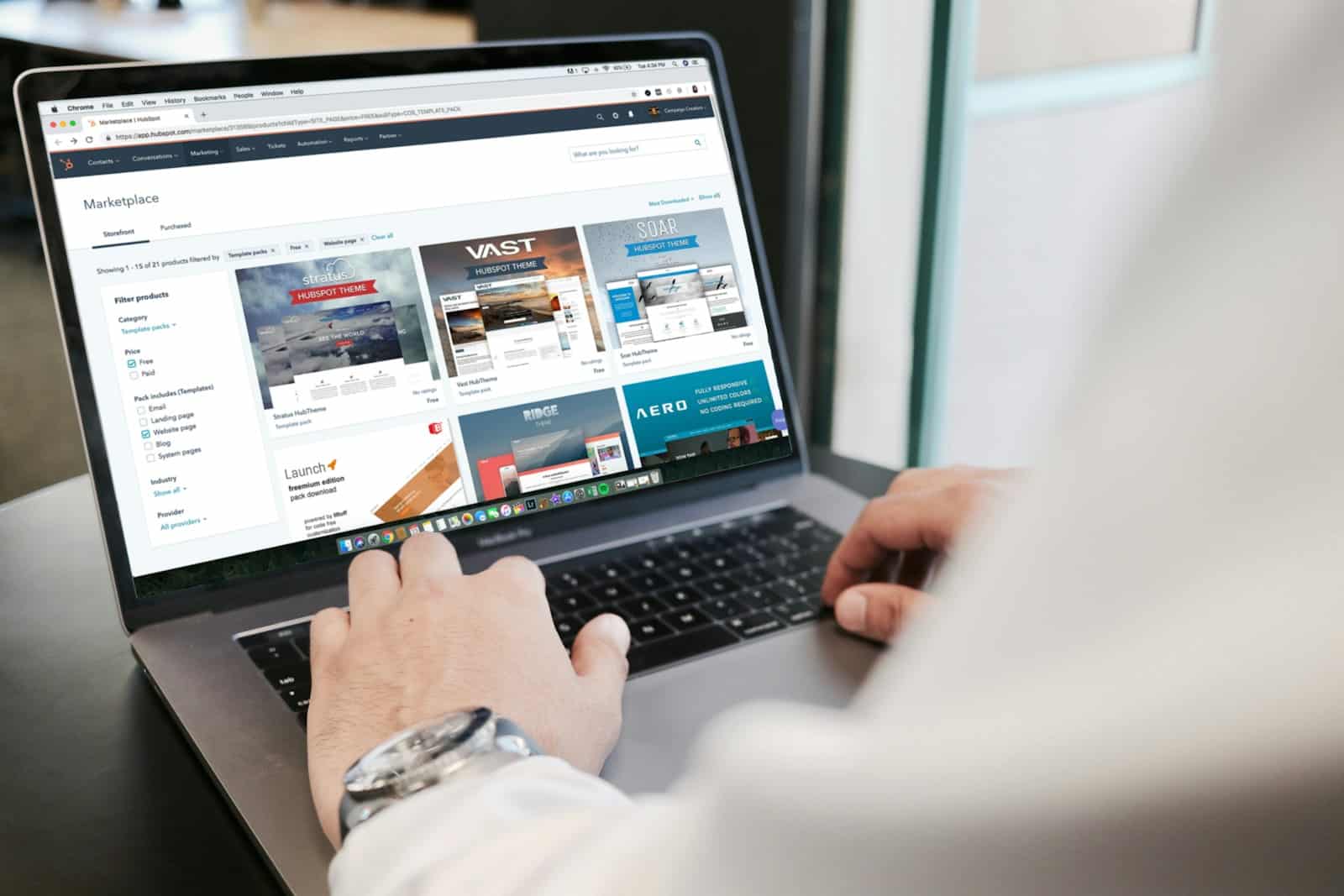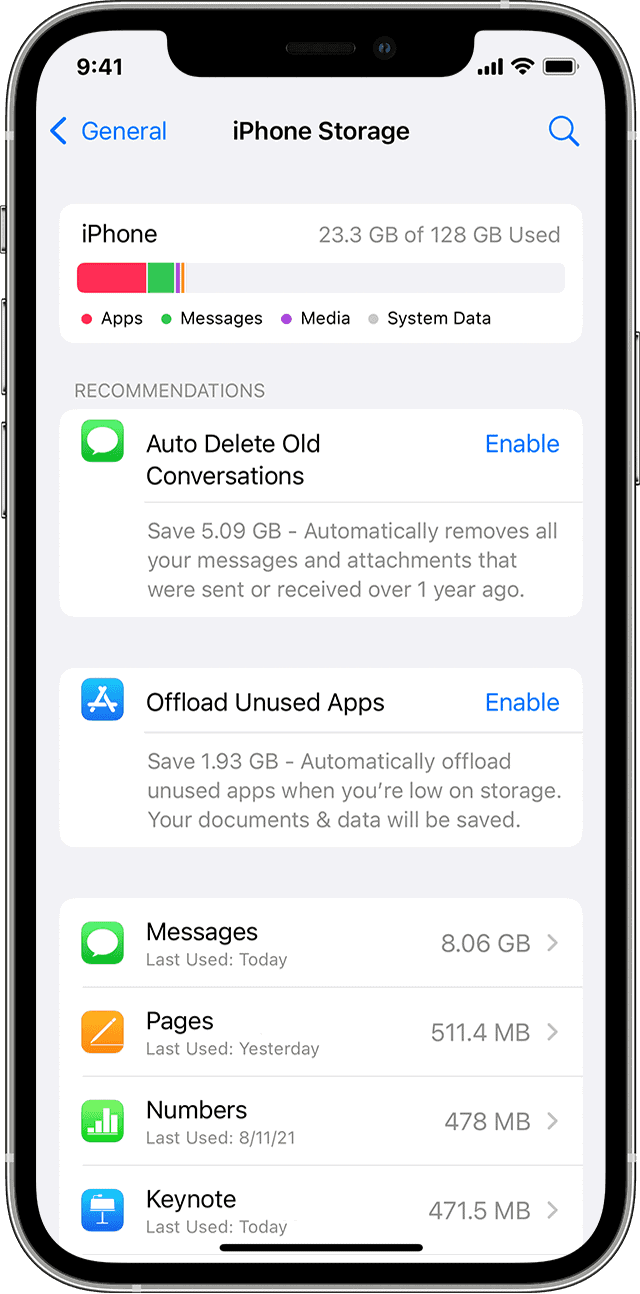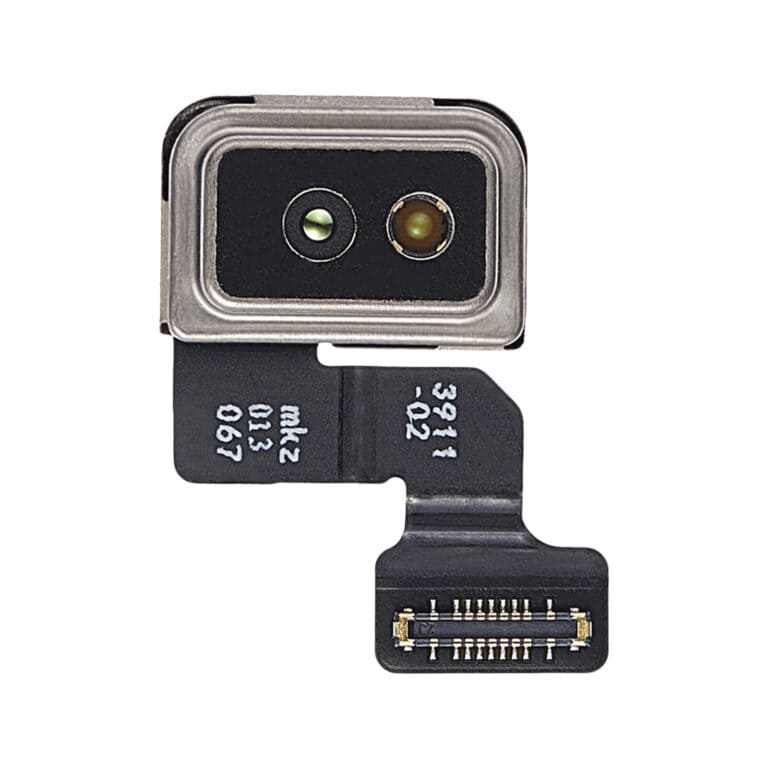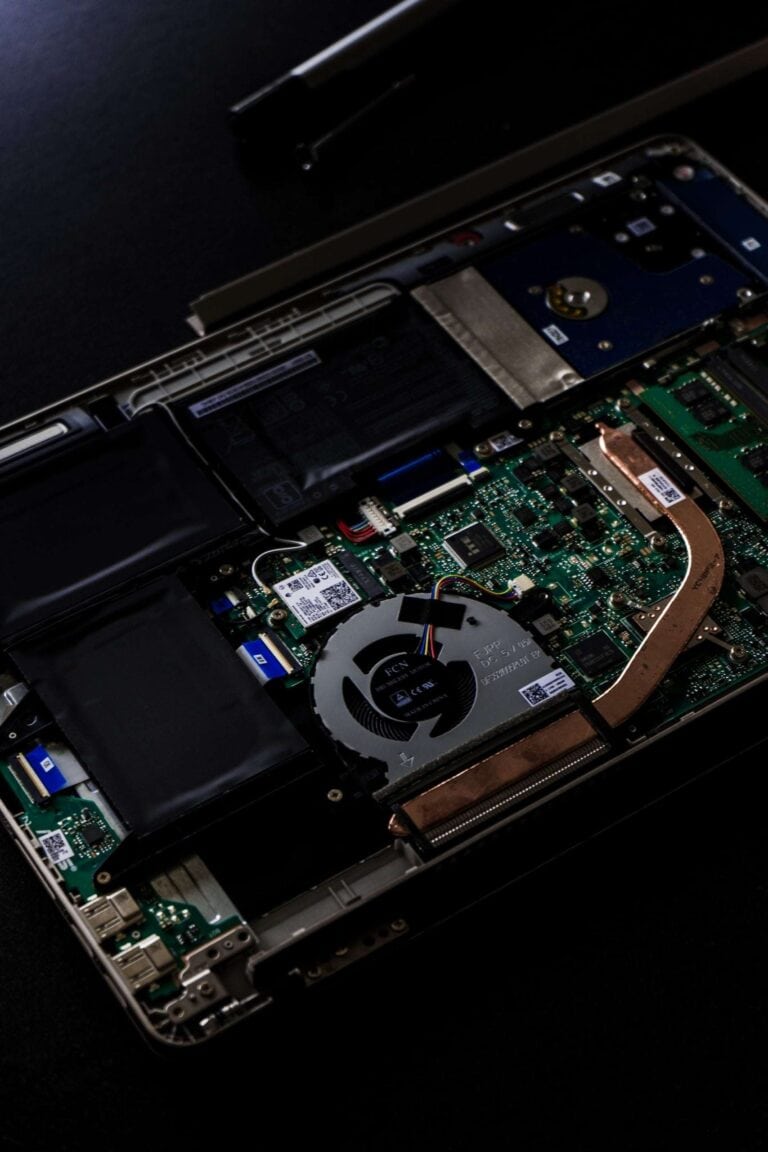Ever feel like your home is overflowing with stuff you just don’t use anymore? Maybe you’re looking to declutter and breathe new life into some old treasures, or perhaps you’d love to turn those unwanted items into a little extra cash. Well, you’re in luck! There’s a whole world of online selling apps waiting to help you out.
Top 10 Apps To Sell Stuff Online: Your Beginner’s Guide (Ranked)
| Rank | App Name | Perfect For | Pros | Cons |
|---|---|---|---|---|
| 1 | eBay | Wide audience & variety | Largest online marketplace, sells almost anything, good for high-value items | Higher selling fees, more complex listing process |
| 2 | Facebook Marketplace | Local sales & furniture | Easy to use, great for bulky items, target local buyers | Less buyer protection than some platforms, limited reach for niche items |
| 3 | Poshmark | Fashion & clothing (women’s) | Trendy, social shopping experience, great for designer brands | Mostly women’s clothing, fees can add up for lower-priced items |
| 4 | Mercari | All-around seller & quick sales | Fast-paced, broad audience, good for general merchandise | Competition can be high, shipping costs might be buyer’s responsibility |
| 5 | Depop | Unique vintage & streetwear | Trendy platform for unique styles, attracts younger demographics | Limited to clothing and accessories, smaller user base than some giants |
| 6 | Etsy | Handmade crafts & vintage treasures | Perfect for unique, handcrafted items and collectibles | Requires good product photography and presentation, can be competitive |
| 7 | OfferUp | Local deals & quick cash | Great for negotiating prices, good for furniture and larger items | Limited buyer protection, requires meeting buyers in person |
| 8 | ThredUp | Effortless clothing clear-out | Convenient way to sell multiple clothes at once, eco-friendly approach | Sends you a clean-out kit, takes a larger cut of the profit |
| 9 | Decluttr | Tech & electronics made easy | Fast and hassle-free for tech items, no need to list or ship yourself | Limited to electronics, accepts only certain devices |
| 10 | VarageSale | Hyperlocal selling & community | Strong community feel, good for same-neighborhood sales | Limited user base compared to larger platforms, might not be suitable for high-value items |
Remember: This table is a starting point! Consider the type of items you’re selling, your target audience, and your desired level of involvement when choosing the best app for you.
From familiar names like eBay and Facebook Marketplace to trendier options like Poshmark and Depop, you have a whole toolbox at your disposal. But with so many choices, picking the perfect app can feel overwhelming. Don’t worry, this article is here to guide you! We’ll break down the key factors to consider when choosing a selling app, and answer some burning questions to help you become a reselling whiz!
Key Takeaways
- eBay, Facebook Marketplace, and Poshmark are popular apps for selling items online, offering a wide range of categories and a large user base.
- When choosing a selling app, consider essential features like easy navigation and secure payment options, as well as return and refund options and transaction fees.
- To successfully resell items online, research the value of your items, take clear and attractive photos, and accurately describe your products to potential buyers to increase your chances of making a sale.
Transaction Fees
Understanding the transaction fees associated with selling apps is crucial for sellers to calculate their revenue accurately and make informed decisions about their pricing strategies and profitability.
| Rank | App Name | Perfect For | Transaction Fees |
|---|---|---|---|
| 1 | eBay | Wide audience & variety | Final value fee (typically 8-12% of sale price) + optional listing fee |
| 2 | Facebook Marketplace | Local sales & furniture | No selling fees (buyer might pay a small shipping fee) |
| 3 | Poshmark | Fashion & clothing (women’s) | 20% commission on sales or $2.95 flat fee for items under $15 |
| 4 | Mercari | All-around seller & quick sales | Selling fee (10%) + payment processing fee (2.9% + $0.50) |
| 5 | Depop | Unique vintage & streetwear | 10% commission fee |
| 6 | Etsy | Handmade crafts & vintage treasures | Listing fee ($0.20 per listing) + transaction fee (5%) + payment processing fee (3% + $0.25) |
| 7 | OfferUp | Local deals & quick cash | No selling fees (buyer might pay a shipping fee) |
| 8 | ThredUp | Effortless clothing clear-out | Sellers pay a processing fee based on the weight of the clean-out kit |
| 9 | Decluttr | Tech & electronics made easy | Varies depending on the device (typically 30-60% cut) |
| 10 | VarageSale | Hyperlocal selling & community | No selling fees (buyer might pay a small fee for delivery options) |
Please note: These are general fee structures and may vary depending on the specific item, promotions, or seller account type. Always check the app’s terms and fees page for the most current information.
Looking to sell your items online? Check out these top apps for selling stuff that offer a convenient platform for listing items and connecting with potential buyers.
These apps streamline the selling process by providing user-friendly interfaces that allow you to quickly upload images, create detailed listings, and set prices effortlessly. Managing your sales and interactions with buyers is made simple with instant notifications and messaging features that facilitate seamless communication. With built-in payment systems, transactions are secure and hassle-free, giving you peace of mind while selling your items. The wide reach of these platforms ensures that your listings are visible to a broad audience, increasing the chances of finding the right buyer for your items.
A Look At The Top Apps
eBay
eBay shines as an exciting online spot where you can find a whole bunch of cool things to buy or sell. Whether you’re into old-school stuff, the latest tech, or maybe even quirky collectibles, eBay’s got it all.
What’s really fun about eBay is its auction part. Imagine you’re playing a game where you set a price and watch people bid higher and higher—it can get pretty thrilling, especially if you’re selling something super unique or sought after. eBay is like a giant online store that has almost everything you could think of, making it super easy to find the right buyer for your stuff.
Now, if you’re all about the charm of the past, eBay’s your go-to spot. It’s like a digital treasure hunt for things that aren’t made anymore. But remember, if you decide to sell something, you’ll need to learn a bit about how eBay talks about fees and how you get paid, depending on what you’re selling and how you decide to sell it.
Facebook Marketplace
Facebook Marketplace offers an easy way to sell your stuff right inside the Facebook app, where you can show off your items with clear descriptions and pictures to lots of people.
You can quickly add photos, fill in details like how much it costs and what condition it’s in, and choose if you want to talk about the price with buyers. It’s super easy to keep an eye on your sales, chat with potential buyers, and plan out how you’re going to give them their purchase on Facebook Marketplace. Plus, you can make your posts more noticeable, aim your sales at certain folks, and link up with local groups to sell even more.
Poshmark
Poshmark is a hip spot for those who love to buy and sell clothes, creating a special corner for fashion fans to show off their items, chat with buyers, and get the scoop on clear-cut fees.
Focusing on fashion, Poshmark has grown a lively community where you can snag one-of-a-kind outfits, meet others who dig style just as much as you do, and really express your fashion sense. What’s cool about Poshmark is how upfront they are about fees, so you know exactly what to expect when you make a sale, which helps build trust and gets more people excited to join in. On Poshmark, you’re not just selling; you’re also part of fun activities like sharing your listings, throwing online shopping bashes, or getting into special fashion events, all making the community buzz with energy.
Depop
Depop provides a cool platform mainly for vintage and funky items, making it easy for users to buy, sell, and enjoy a range of payment methods while showcasing their distinctive finds.
Depop has found its groove with folks who dig unique, sustainable fashion, creating a space where you can connect with buyers hunting for something different. It’s a breeze to put up your items, decide on your prices, and handle sales on this user-friendly app. They keep it clear about what they’ll charge you for making sales, encouraging a bustling place to trade while keeping up quality.
What really makes Depop shine is its community vibe. You get real-time feedback from your buyers, building trust and keeping things genuine. Plus, with various payment choices, everyone can trade smoothly and securely, making sure you and your buyers are happy.
thredUP
thredUP offers a straightforward platform for reselling your clothes, simplifying the process with easy listing steps and no-fuss shipping for those clearing out their wardrobes.
On thredUP, you can quickly share your clothes with the world, detailing and snapping pics for buyers to check out. When your item sells, they sort out shipping for you, even sending you a pre-paid label, which is super handy. It’s a win-win: you earn some cash and free up space for new finds, all while being kind to the planet by giving clothes a second life.
Etsy
Etsy is the go-to spot for artists and vintage fans to sell their one-of-a-kind items, providing a space filled with creativity and secure payment methods.
Etsy’s all about connecting skilled crafters with folks who treasure handmade or vintage stuff, offering a platform where your work gets the spotlight it deserves. It’s a place that celebrates originality, offering a special connection between the maker and the buyer.
The platform ensures your transactions are safe, building a trustworthy environment where you can focus on sharing your craft. Etsy’s about more than just selling; it’s about being part of a community that values the personal touch in a world of off-the-shelf goods.
Mercari
Mercari makes selling all sorts of items straightforward, from listing your products to shipping them off, and offers a variety of payment options to suit everyone.
Getting your items up for sale on Mercari is quick and painless, letting you reach out to a wide audience fast. They’re upfront about the costs, taking a flat 10% cut when your item sells, so there are no surprises. With different ways to get paid, everyone can find a method that works best for them, ensuring a smooth and secure selling journey on Mercari.
OfferUp
OfferUp brings a local touch to online selling, letting you trade items for cash right in your neighborhood, which not only makes things quicker but also builds a trusted community vibe.
Its emphasis on local exchanges offers a neat way for sellers to meet buyers close by, speeding up deals and skipping the postal hassle. The instant cash payment is a big plus, giving sellers quick access to their earnings and simplifying the whole process.
OfferUp champions community spirit, encouraging local folks to connect, which adds a friendly, cooperative twist to buying and selling nearby.
Craigslist
Craigslist, a veteran in online classifieds, serves as a straightforward platform for cash-based transactions, retaining a simple yet effective way for people to sell and buy various items.
Since its inception by Craig Newmark in 1995, Craigslist has carved out a reputation for its direct, community-focused trading ethos. Its cash dealings encourage personal meet-ups, fostering community bonds and mutual trust. The listing routine on Craigslist is easy, helping users swiftly showcase their items with descriptions and pricing, attracting a broad audience. The direct negotiation and local meetup features on Craigslist underline its user-friendly, communal selling experience.
Nextdoor
Nextdoor narrows the marketplace down to your neighborhood, offering a platform to engage with nearby folks for selling items or services, emphasizing community and security.
It aims to tighten community ties, making it easier for neighbors to support each other through local transactions. On Nextdoor, you can list anything from household goods to personal services, with the platform backing secure, neighborly exchanges. This localized selling method strengthens neighborhood bonds and provides a convenient, trustworthy space for community commerce.
Factors to Consider When Choosing a Selling App
When choosing a selling app, ponder over fees, payment security, and how user-friendly the app is to ensure it suits your selling style and attracts buyers.
Low transaction fees are key to keeping more of your earnings. Secure payment methods are crucial for trust and protecting details. A smooth interaction system can enhance your reputation and encourage repeat customers. Utilize any available tools on the app for analyzing sales data and buyer trends to refine your selling strategies and boost income.
Essential Features
Successful selling apps should have dependable payment processes, easy listing setups, clear shipping guidelines, and effective communication paths to support smooth transactions.
They should also incorporate anti-fraud measures to keep finances safe. User-friendly design and clear menus help sellers and buyers navigate listings and transactions with ease. Keeping buyers updated on their purchase progress with shipment tracking builds confidence. Diverse payment methods and straightforward checkouts are essential for accommodating user preferences and ensuring satisfaction.
Return and Refund Options for Buyers
Providing considerate return and refund policies can significantly enhance buyer trust and lead to better ratings and loyalty, highlighting the seller’s commitment to quality and customer care.
These return options reassure buyers, encouraging them to shop knowing they have protection if the product isn’t right. Effective return systems can make shopping experiences positive, influencing how users view the app and the seller, fostering repeat interactions and a reputable seller profile.
Frequently Asked Questions
Which app should I use to sell my stuff?
The ideal app for your sales hinges on several factors, including what you’re selling, your target market, the payment options you prefer, and the kind of user experience you’re after. Assess the nature of your items to align with an app that specializes in your category—be it fashion pieces or electronic gadgets. Understanding your potential buyers—their age, interests, and where they’re based—can significantly influence your success.
Payment preferences are diverse, ranging from standard card payments to digital wallets or even cryptocurrencies. Opt for an app that accommodates your and your buyers’ preferred methods. A great user experience encompasses straightforward item listings, accessible customer service, and a user-friendly interface, all crucial for a hassle-free selling process.
What are the most popular apps for selling items?
If you’re eager to start selling, check out these cool apps: eBay, Amazon, Letgo, OfferUp, Facebook Marketplace, and Poshmark. Each one has its unique features, but they’re all great choices for turning your items into cash.
How can I sell my items on eBay?
Selling on eBay is like setting up your own mini online shop. First, you create an account. Next, take some clear pictures of what you’re selling, write an engaging description, and set your price. You can choose whether you want people to bid on your item (like an auction) or buy it at a fixed price. Once someone buys it, you send it to them, or they can pick it up from you.
Can I sell used items on Amazon?
Absolutely! Amazon isn’t just for new stuff; you can sell items you’ve gently used too. Just make sure they’re in good condition and meet Amazon’s standards so someone else can enjoy them.
Is it possible to negotiate prices on OfferUp?
Yes, it is! OfferUp lets you chat with potential buyers so you can discuss prices and come to an agreement. It’s a handy feature if you like making deals.
Why should I consider Facebook Marketplace for selling?
Facebook Marketplace is fantastic because it connects you with people nearby. This makes it super easy to sell larger items or arrange quick pick-ups. Plus, with so many people using Facebook, your item will get lots of visibility.
What fees does Poshmark charge for selling items?
On Poshmark, if you sell something for under $15, there’s a flat fee of $2.95. For anything over $15, they take a 20% cut. These fees help with shipping costs and give you protection as a seller.
Will I incur fees while selling on these apps?
Yes, selling on apps may involve various costs such as listing fees, transaction fees, and possibly a share of your sale price as commission.
Listing fees are common and are charged when you post a new item for sale. Transaction fees are typically a percentage deducted from your sale proceeds. Additionally, commission fees might be levied based on your sale price, with each app having its distinct pricing model.
How can I determine the value of my items?
To figure out your items’ worth, analyze similar offerings on the app, account for your item’s condition and uniqueness, and stay attuned to the current demand and pricing trends.
Scour the app for items akin to yours to understand pricing benchmarks. Your item’s condition is paramount in setting a fair price, while its uniqueness or rarity can add value. Monitoring demand shifts helps you tweak prices to entice buyers effectively.
What are the secrets to successful online reselling?
Achieving success in online reselling involves crafting engaging listings with clear photos, accurate descriptions, fair pricing, and active engagement with your audience.
Focus on listing quality—use keywords for better visibility and provide thorough, honest descriptions alongside clear images. Responding quickly to queries and being approachable helps build rapport with potential buyers. Pricing should reflect market research and competitive analysis. Engaging promotions or discounts can also spur interest. Excellent customer service fosters trust and encourages repeat business, setting you apart in the online reselling space.







